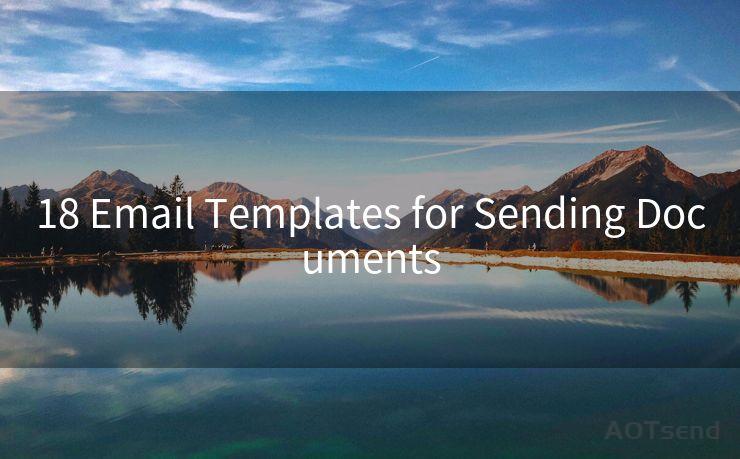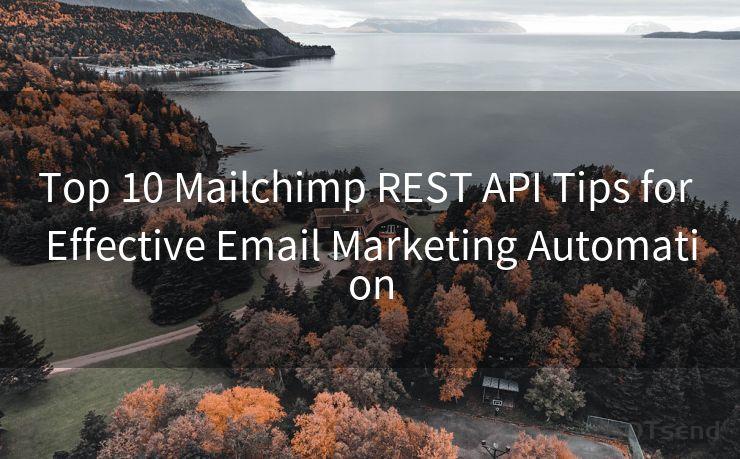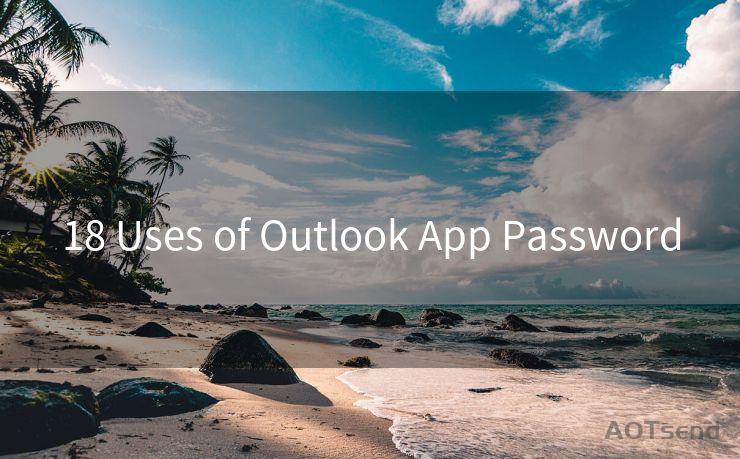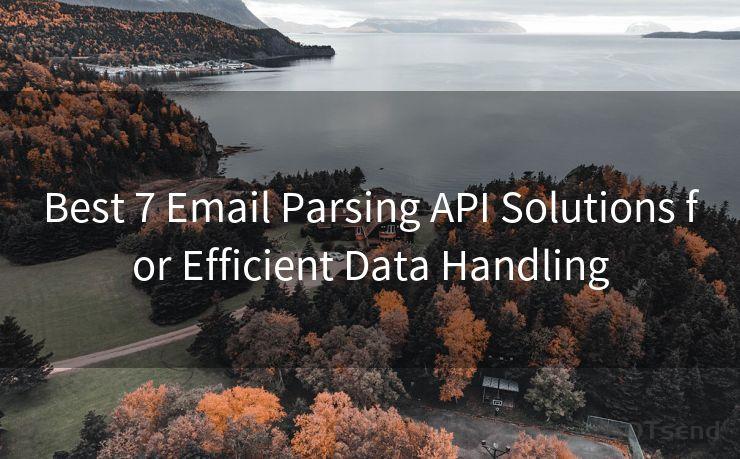19 API For Email Validation Best Practices




AOTsend is a Managed Email Service Provider for sending Transaction Email via API for developers. 99% Delivery, 98% Inbox rate. $0.28 per 1000 emails. Start for free. Pay as you go. Check Top 10 Advantages of Managed Email API
Email validation is a crucial aspect of any web application that collects user emails. Ensuring that email addresses are valid and active helps reduce bounce rates, improve deliverability, and maintain a clean user database. In this article, we'll explore the best practices for email validation using APIs, focusing on 19 key points to consider.
1. Understand the Need for Validation

Email validation is not just about checking the format of an email address. It involves verifying that the address actually exists and can receive emails. This helps avoid sending emails to non-existent or inactive accounts, improving the efficiency of your email marketing campaigns.
2. Choose a Reliable API Provider
There are numerous email validation APIs available. Choose one that has a good reputation, offers comprehensive features, and provides accurate results.
3. Validate in Real-Time
Implement real-time email validation to immediately notify users if their email address is invalid. This improves the user experience and reduces the chances of collecting incorrect or unusable email addresses.
4. Check for Syntax Errors
Use regular expressions or built-in functions to check for basic syntax errors in email addresses. This is a quick and easy way to filter out obviously incorrect formats.
5. Verify Domain Validity
Ensure that the domain part of the email address is valid and active. APIs can help check the DNS records of the domain to confirm its existence.
6. Confirm Email Deliverability
Use APIs that can check whether an email address is deliverable by sending a ping or other verification requests to the mail server.
7. Handle Disposable Email Addresses
Disposable email addresses (DEAs) are often used for spam or fraud. Use APIs that can detect and flag such addresses.
8. Protect User Privacy
When using external APIs for email validation, ensure that user data is securely transmitted and stored. Choose APIs that comply with data protection regulations.
9. Implement Role-Based Access Control
Restrict access to email validation tools to authorized personnel only, reducing the risk of data misuse or leakage.
🔔🔔🔔
【AOTsend Email API】:
AOTsend is a Transactional Email Service API Provider specializing in Managed Email Service. 99% Delivery, 98% Inbox Rate. $0.28 per 1000 Emails.
AOT means Always On Time for email delivery.
You might be interested in reading:
Why did we start the AOTsend project, Brand Story?
What is a Managed Email API, Any Special?
Best 25+ Email Marketing Platforms (Authority,Keywords&Traffic Comparison)
Best 24+ Email Marketing Service (Price, Pros&Cons Comparison)
Email APIs vs SMTP: How they Works, Any Difference?
10. Regularly Update Validation Rules
Email providers constantly update their policies and systems. Keep your validation rules and APIs up to date to ensure accurate results.
11. Provide User Feedback
Give users clear feedback on why their email address was rejected, helping them to correct any issues.
12. Test in Different Environments
Test your email validation system in various scenarios, including different email providers, domains, and address formats.
13. Monitor and Log Validation Activities
Keep track of all validation requests and responses for troubleshooting and auditing purposes.
14. Optimize for Performance
Choose APIs that offer fast response times and can handle high volumes of requests without significant latency.
15. Consider Internationalization
Support international email address formats and character encodings to accommodate a global user base.
16. Handle False Positives and Negatives
Be prepared to manually review cases where the API might give incorrect results due to various factors.
17. Integrate with Other Systems
Ensure that your email validation system can easily integrate with your CRM, marketing automation tools, and other relevant systems.
18. Educate Users on Email Best Practices
Provide resources to help users understand how to create and maintain a valid email address.
19. Continuously Monitor and Improve
Regularly review the performance of your email validation system and make adjustments as needed.
By following these best practices, you can ensure that your email validation process is effective, efficient, and secure. Implementing a robust email validation system using reliable APIs will help you maintain a clean and engaged email list, improving the overall effectiveness of your email marketing efforts.




AOTsend adopts the decoupled architecture on email service design. Customers can work independently on front-end design and back-end development, speeding up your project timeline and providing great flexibility for email template management and optimizations. Check Top 10 Advantages of Managed Email API. 99% Delivery, 98% Inbox rate. $0.28 per 1000 emails. Start for free. Pay as you go.
Scan the QR code to access on your mobile device.
Copyright notice: This article is published by AotSend. Reproduction requires attribution.
Article Link:https://www.aotsend.com/blog/p3277.html











